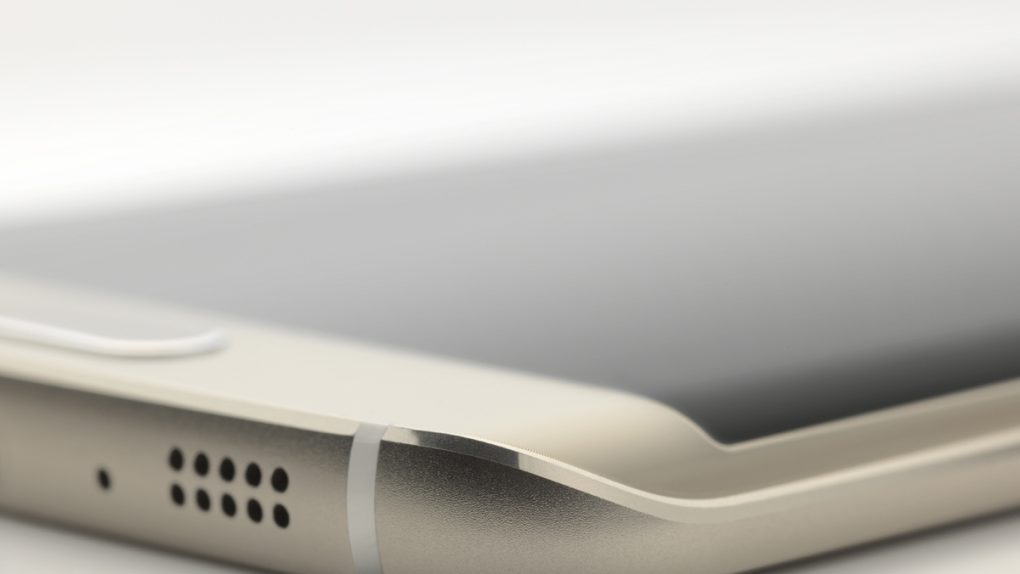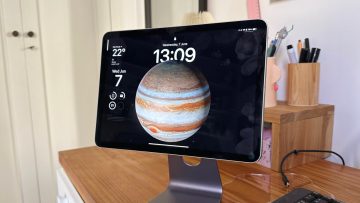While we often hear that smartphones have gotten “boring,” the truth is that 2015 has been a tremendous year for smartphone hardware innovation. We realized this when Motorola unveiled the new Droid Turbo 2 this week that featured a five-layer display that the company claims is shatterproof. Below we’ll go over the five coolest smartphone hardware innovations we’ve seen this year, including the innovations of Samsung, Apple and more.
MUST READ: New leak claims T-Mobile will announce unlimited high-speed streaming for Netflix, HBO and more
No. 5: The Galaxy S6 edge’s curved display
Samsung had experimented with curved smartphone displays in the past but they always came across as silly gimmicks. However, the company really hit paydirt with the Galaxy S6 edge, a device that finally made curved displays both stylish and useful. The S6 edge has really set the bar for what smartphones with curved display can be and we’re excited to see what creative things Samsung and other vendors do with these displays in the future.
No. 4: USB Type-C ports
USB Type-C ports were designed as a collaborative effort between several companies and so far we’ve seen them appear on the OnePlus 2, Google’s new Nexus devices and others.
Why is USB Type-C so awesome? Here’s the quick rundown:
- You can use it for a lot more than regular old USB ports. The new MacBook’s USB 3.1 port, for instance, delivers the device’s power, USB data transfer, HDMI and VGA capabilities. Or as Google puts it in its video, USB Type-C delivers “power, data and display over one connector, one cable and one port.”
- It’s fully reversible. You know how annoying it is when you try to plug in a USB cable and you realize that you’re putting it in the wrong way? USB Type-C ensures this will never happen again thanks to its symmetrical design — there’s literally no “right side up” or “upside down” in any USB Type C port.
- It’s well positioned to work with more powerful future technologies. USB Type-C can deliver 100 watts at 20 volts. It can output video to 4K and 5K monitors. In Google’s words, “It delivers more power than most devices need today, so it’s going to be able to support many things into the future.”
No. 3: 3D Touch
Apple has cleverly taken the Taptic Engine that it used to offer “Force Touch” technology on its Apple Watch and has been putting it into all of its new devices, including the iPhone 6s. This has allowed Apple to add a new feature to its iconic smartphone called 3D Touch that opens up a whole new way of interacting with your phone. Doing a hard press on app icons now brings up a menu of Quick Actions you can take. As you can see in the photo above, hard pressing on the Apple Maps app gives you shortcuts for directions home, searching nearby and more.
There are lots of interesting possibilities for this technology and Apple isn’t even letting app developers unleash its full potential just yet.
No. 2: The Moto ShatterShield
This is just so cool. Having your smartphone display crack is a horrible thing and that’s why Motorola developed the ShatterShield for its Droid Turbo 2. Basically, the ShatterShield uses an aluminum chassis to create a durable foundation, then it adds both interior and exterior lenses as well as a dual touch layer over the device’s AMOLED display. Taken all together, you have a device whose display will be very tough to crack.
While we’ve yet to test out this purportedly shatterproof smartphone display ourselves, people who have spent time with the device so far say that it walks the walk.
No. 1: Iris-scanning technology from Fujitsu
We can’t quite believe that Fujitsu is the smartphone OEM to make the most important smartphone hardware innovation of the year, but it’s true. Iris-scanning technology has been hailed as significantly more secure than fingerprint-scanning tech and it’s been called the future of mobile security. Fujitsu’s Arrows NX F-04G Android phone is the world’s first smartphone that you can unlock just by looking at it and it’s definitely a milestone when it comes to implementing biometrics in mobile devices. Samsung has also shown interest in this technology so we wouldn’t be surprised to see something similar from the Korean smartphone giant sometime in the next year.






